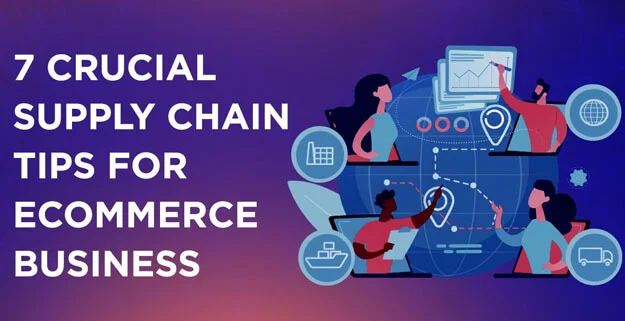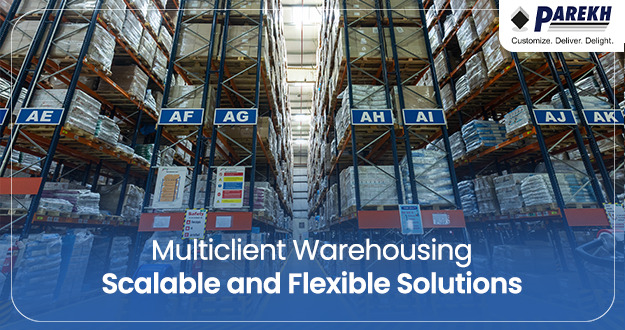
Published on: 14-12-2023
Author : PISPL Editor Team
7 Crucial Supply Chain Tips for E-commerce Business
Maintaining a smooth supply chain necessitates strategic planning and takes your company to new heights with the proper measures. Today e-commerce sites compete to establish effective supply chain management to outperform one another as their success depends on it. When a customer buys anything on an e-commerce site, he expects it to arrive as soon as possible. Failure in supply chain divisions' quick response might impact the business directly.
An e-commerce company can't survive without agile and resilient supply chain management and most businesses suffer in this area today. Here are seven supply chain tips for an e-commerce business to succeed.
Make company decisions based on customer needs
During the COVID-19 lockdown, the online business grew significantly and several online companies encountered supply chain disruptions due to a sudden demand rise during the shutdown. Therefore, companies must use sophisticated digital tools and custom ecommerce solutions, such as e-order management and order punching mobile applications. This enables clarity for the sales people to respond swiftly and gain real-time information to satisfy demand as rapidly as possible.
Enhance the efficiency of the inbound supply chain
Optimizing the supply chain should be to focus on e-commerce businesses' incoming operations. After all, it's the inbound marketing methods that influence the total e-commerce experience. Therefore, receiving and forwarding inbound items are incredibly sensitive to an e-commerce company.
- Best practices to achieve this:
- Implement tighter computer systems between your company and vendors.
- Determine whether inbound and fulfillment operations, such as ticketing and final inspection, may be done more cost-effectively and quickly upstream in the supply chain.
- Determine how congestion at the receiving port and in the truck yard may be reduced or eliminated.
Efficiently utilize the warehouse's capacity
Warehouse space accounts for 15 to 20% of the cost of each order. Therefore, companies should not limit the expansion of a warehouse's capacity to space usage and stock placement changes. Instead, they should frequently conduct space utilization analysis and develop ideas that consider the warehouse layout, product flow, labor efficiency, storage and material handling alternatives, safety, throughput, and warehousing system functions.
Employ a Centralized Management Software
The process of supply chain optimization requires that all parts of your company work together. To do so, you may use one of the various management software solutions available, which integrate many departments of a company to collaborate effectively.
Using suitable management software, for example, your inventory, finance, and sales systems may all function together. Furthermore, management software enables you to store vital data in a single database that any department can easily access, ensuring that all company operations are streamlined.
Reduce shipping costs and delivery times by expanding your distribution center
E-commerce companies and their consumers both want faster delivery and cheaper shipping costs. Expanding your facilities, inventory, employees, and management will enable you to deliver swiftly and at reasonable shipping prices to more clients in the region.
Modern information technology should be chosen and implemented
Companies may manage their whole network in real-time using modern information technologies such as ERP, OMS, or WMS to harness essential information, fulfill customers' requirements for responsiveness, and simplify cooperation. In addition, these new systems enable businesses to adopt more advanced technologies and automation.
Using third-party logistics instead of internal fulfillment
Choosing a 3PL supplier is one of the best strategies to optimize an ecommerce business. Therefore, many large corporations utilize 3PL as a cost-effective solution. More than 90% of shippers worldwide now consider their interactions with 3PLs successful. Furthermore, shippers that have employed 3PLs claim an average cost savings of nearly 10%.
Today, effective supply chain management is the backbone of the strategy for businesses looking to succeed in the e-commerce world. It connects customers, merchants, manufacturers, suppliers, and employers through information technology, significantly improving enterprise management.
Recent Post

Advantages of Multiclient Warehousing for Scalable and Flexible Logistics Solutions

Achieving Scalability in Logistics Through Strategic Warehouse Management

How Cold Chain Management is Revolutionizing Healthcare Logistics

Why Choose PISPL as Your Pharma Logistics Solution Provider